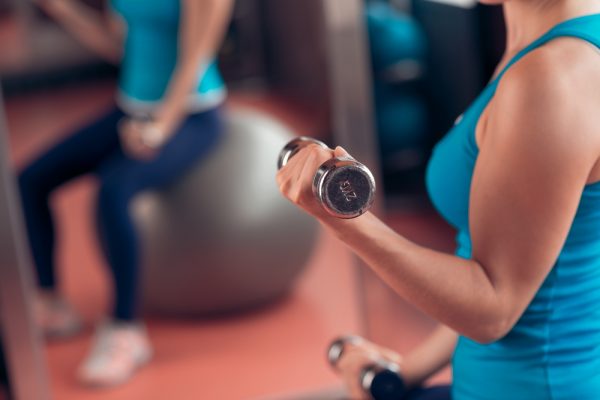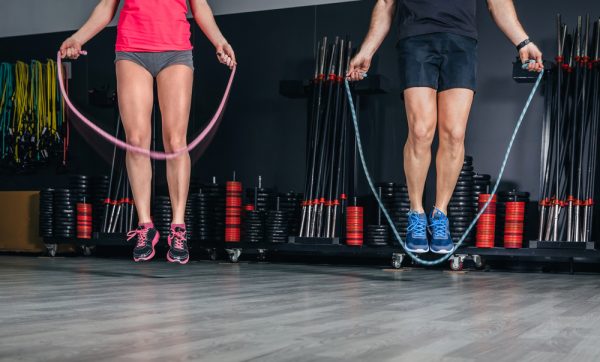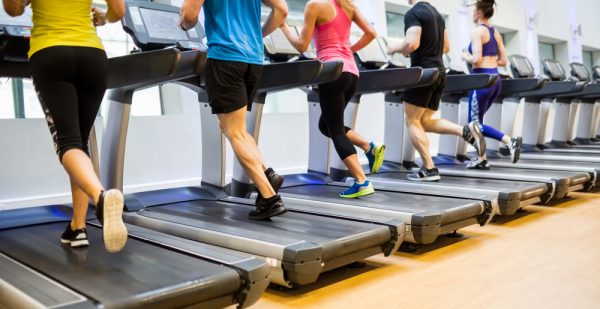Let’s get sweaty!
Talking Cardio Training for Dancers
by Sally Harrison, Perfect Form Physiotherapy
“I want to improve my cardio fitness.”
This is a common goal I hear from many dancers My first question in response to this statement is always … why? What do you want to achieve? What are your goals?
Then I haver further follow-up questions: Do you feel tired in class? Are you getting breathless? Do your peers seem to manage with more energy? Or, are you in fact, looking to shred your holiday excesses?!
In the clinic we see many dancers that want to do ‘cardio’. This happens more during or after the holiday periods. The first thing clients try is running, and running far! This often then leads to injuries in the lower limbs or pelvis as it’s a new activity for their body. Running is not the same motor patterning as dance, and the body isn’t conditioned for a ‘quick 5km’.
Do we need to train for cardio vascular fitness? Isn’t class enough?
Just as an athlete spends a lot of time training for competition, it is equally important that the professional dancer does the same. It is not enough to presume that you will gain enough cardio vascular (CV) or functional strength training from doing dance class alone. Training needs to be structured and organised to help the dancer be ahead of their game. To ensure that the body can tackle anything new thrown at it during audition time, or throughout an intense rehearsal period, we need to train to a higher physiological level and avoid early fatigue and injury. During periods ‘between jobs’ it is vital to stay fit and not suffer from any de-conditioning.
As with all types of training, whether CV or weight training, the rules of overload and specificity need to be adhered to. The body needs to be subjected to stress in order to change and improve. This is termed ‘overload’. The exercise always needs to be hard enough for the body to adapt and become more efficient at the task. This is an ongoing cycle.
The body is highly effective at adaptation and thus becoming very efficient at the new level of workload, so we need to challenge the body all of the time. If you are still doing the same number of lunges or timed hill sprints it’s time to crank it up and try a new drill, or add on those weights!!
The bad news is it only takes about 3 weeks to lose some of the gains that you’ve made! This is called ‘deconditioning‘.
Dancers often have poor physiological conditioning as a result of a high skill level resulting in good economy of movement. In a nutshell, dancing no longer puts a physiological stress on the body, therefore the overload principle does not apply any longer.
‘Specificity’ is simple. Train for the outcome. If you want to run fast, practice running … not swimming. There is little carryover especially regarding skill acquisition. So if you want to jump higher you need to be specific in how you train the body to get higher jumps. If you want better CV outcomes you need to train to the correct intensity, style and energy system.
Cardiovascular training (CV)
Dancing can vary from a minute of very high intensity work to longer periods of more moderate intensity level. It is generally classed, however, as high intensity intermittent exercise (HIIT). A high level of energy needs to be delivered for at least the length of a song, think musical theatre or commercial pop. It is therefore necessary to have a high level of CV fitness to carry you over and beyond the time required. A good aerobic foundation is required.
Dance is often a mixture of aerobic and anaerobic energy systems and so will require a mixture of training.
Aerobic Training: Oxygen-requiring. Aerobic training generally refers to low intensity endurance activities such as jogging, swimming and cycling.
Anaerobic Training: Not requiring oxygen. An anaerobic environment lacks oxygen. This usually refers to high intensity training such as sprinting and weight training. And those parts of that super fast jazz routine!
What can we be doing then?
In order to remain specific we want to lean towards HIIT sessions (High Intensity Interval Training). This will train our anaerobic threshold and allow short sharp bursts of movement. This mimics many jazz, tap or musical theatre choreographies. Training like this will also improve the aerobic capacity, so it’s a win win.
One of my favourite ways to train hard and fast is to use the jump rope. Commonly seen in the boxing circuit for a good reason … it’s effective!
The other benefits are that it’s portable, doesn’t require much space and is cheap. All positives for the working dancer, and even those on tour.
From the physio perspective, the repetitive loading of skipping improves the tensile strength of the tendons, improving the consistency of the fascia in the lower limb. It’s a great way to improve jumps and prevent Achilles injuries.
Jump rope tips:
- Try to jump at about 90 to 120 RPM (use a metronome app)
- Start with 100 jumps on 2 feet
- Drive the rope from the wrists
- Land on the toes or mid foot
- Try 1 minute of skipping.
- Keep regular breathing!
Stop if you feel the calves getting tired. Hydrate and allow the fluid to return to the system with some very small squats or a short walk to draw fluid into the fascia, and then repeat the jumps. Don’t forget fascia needs to be hydrated to be happy!
There are plenty of ways to spice up your skipping drills. Check out the video below from strength4dance for some inspiration. I hope you enjoy, and happy skipping!












